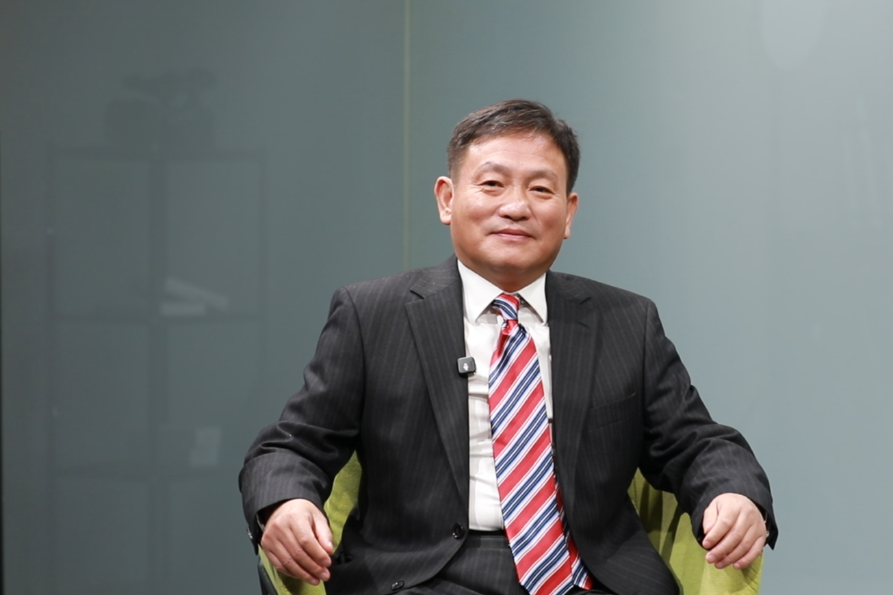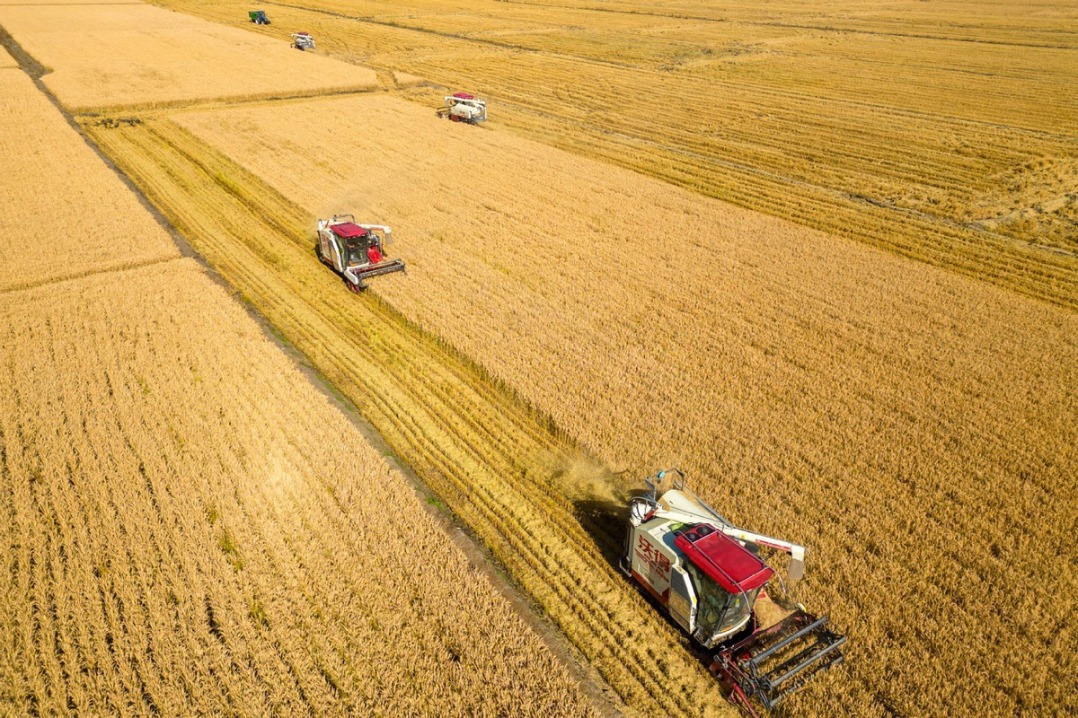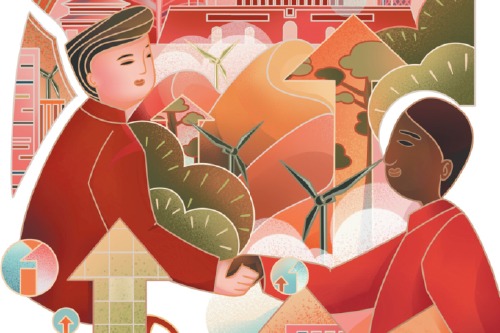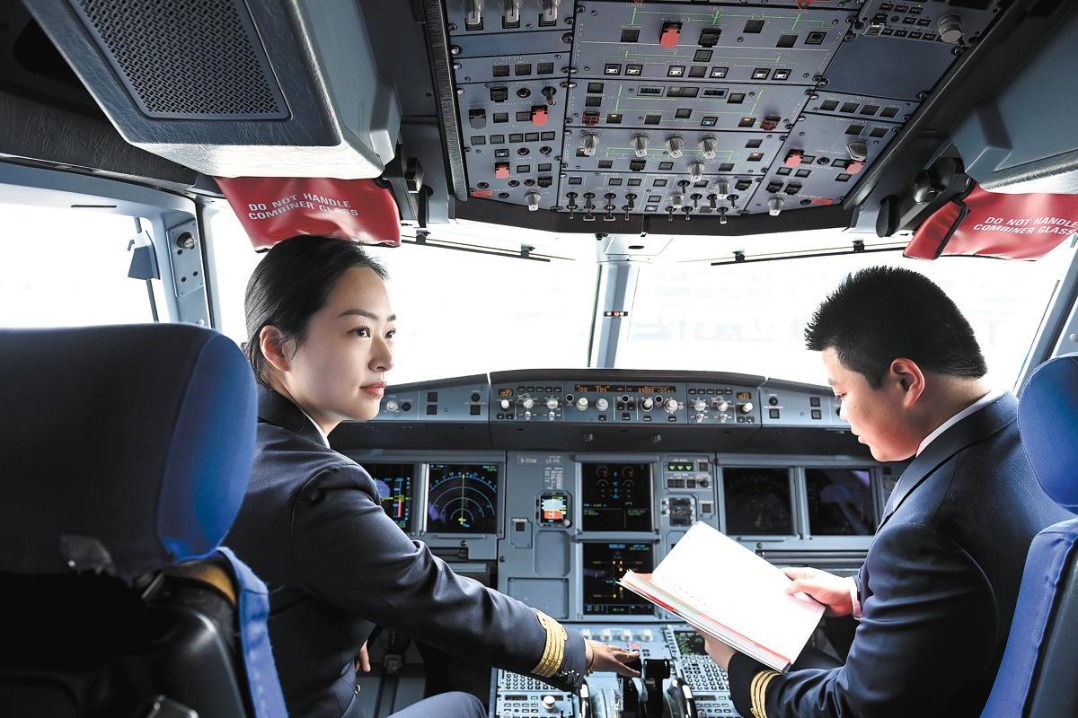Four major changes in 40 years of reform


China's reform and opening-up process has involved thousands of policies, allowing China to grow at a high and sustained pace unlike any other country in the world. China has reformed rapidly since December 1978. In each decade of the nation's reform, there is a major policy that stands out. In the 1980s, the most impactful reform was the Household Responsibility System. In the 1990s, it was the consolidation of State-owned enterprises. In the 2000s, it was the accession to the World Trade Organization. In the 2010s, it was the Belt and Road Initiative.
First, the Household Responsibility System was started in 1979 and eventually implemented throughout China. The program allowed farmers to move from collective farming to family farming. Farmers were able to farm their own plots, increasing their efficiency and allowing them to make extra income by selling surplus crops. The policy greatly boosted agricultural production, and provided China with a strong agricultural base from which to launch the rest of its reform policies.
Second, in the 1990s, the consolidation of State-owned enterprises resulted in the layoff of millions of workers, but paved the way for China to set up a thriving market economy. This was a time of major privatization, and greatly boosted the contribution of private enterprises to the Chinese economy. By 2005, the private sector contributed over 50 percent to China’s GDP. This was an essential step in transforming from a centrally controlled economy to a socialist market economy.
Third, accession to the World Trade Organization represented another major victory for China's economy. Joining the World Trade Organization allowed China to increase its trade with other nations, while requiring the country to continue to lower its tariff and non-tariff barriers. During this period many multinationals moved to China. Setting up shop in China became an important step in the life cycle of international firms. One major reason for this was the presence of relatively lower labor costs in China than developed nations, and another reason was that China was an integral part of the Asian supply chain network. During the 2000s, China became the "factory of the world," producing everything from T-shirts to farm equipment.
Fourth, in the 2010s, China's major focus has been on Belt and Road Initiative, which promises to revive and even improve on China's ancient Silk Road, a major pathway for trade and cultural exchange. Since the program’s inception in 2013, China has struck thousands of deals under Belt and Road Initiative. From building up motorways and railways to constructing ports and special economic zones, China has been striking up deals with nations all over the world. This program will boost China's growth through trade and investment, as well as strengthen diplomatic ties with a multitude of other countries.
Of course, China has paid attention to many other areas of its economy, at both the central and the local levels. These policies are far too numerous to list here, but they are impressive in both quantity and quality. What stands out about the nature of these policies is that they have been determined based on the needs of China's economy, and as such, China has been said to follow a pragmatic approach to economic policy. Undoubtedly, the nation is filled with skilled technocrats who are able to aptly grasp economic conditions at both the micro and macro levels.
China provides the rest of the world with an important example of a successful socialist market economy. In the past couple of decades, it has become clear that the western neoliberal model of growth does not always work well for every country. The negative effects of opening up to trade and financial flows too quickly can be seen in the myriad financial crises witnessed in the 1990s and 2000s. Neither has China shied away from opening up its economy to trade flows. However, it did so in a gradual and calculated manner. Today, China's successful, open trade policy can be contrasted with that of other nations, which are turning inward. As a result, we can expect to see China boost its leadership status among other nations in the coming decades. In the next 40 years, China will continue to grow as an economic and political powerhouse.
The author is an associate professor of Economics, State University of New York at New Paltz, US.
The opinions expressed here are those of the writer and do not represent the views of China Daily and China Daily website.

































